Ever look at your credit card rewards and wonder how to actually turn those points into a real trip? I was totally in that spot too, until I figured out the secrets of using points for travel. This guide will show you how it all works. We’ll cover what your points are worth, how to book amazing trips, and even how to avoid common mistakes—like getting your credit card application denied because your score’s too low. We’ll also talk about how today’s credit card security keeps your hard-earned miles safe. Let’s turn those points into trips you’ll never forget.
Here’s what we’ll cover:
Understanding Your Credit Card Points Ecosystem
Types of Rewards Programs
Not all credit card points are the same, you know? Most cards give you either fixed-value points or transferable points. Fixed-value points are pretty straightforward.
Think of basic cash-back cards – each point might be worth 1 cent when you use them for travel. But transferable points from premium cards? Now those are the real treasure.
You can move these points to different airline and hotel partners, which can get you way better value when you redeem them. So first things first – figure out which type of points you’ve got. That’s key to making the most of your travel rewards.
I remember how annoying it was trying to book flights with points that only worked for statement credits. Felt way too restrictive! Then I got a card with flexible rewards, and wow – total game changer.
Suddenly I had like a dozen airline partners to pick from. Here’s my tip: Check your cardmember agreement or just call customer service. Make sure you know exactly what kind of points currency you’re working
with before planning anything. Knowing this stuff gives you the power to really stretch those points for luxury travel.
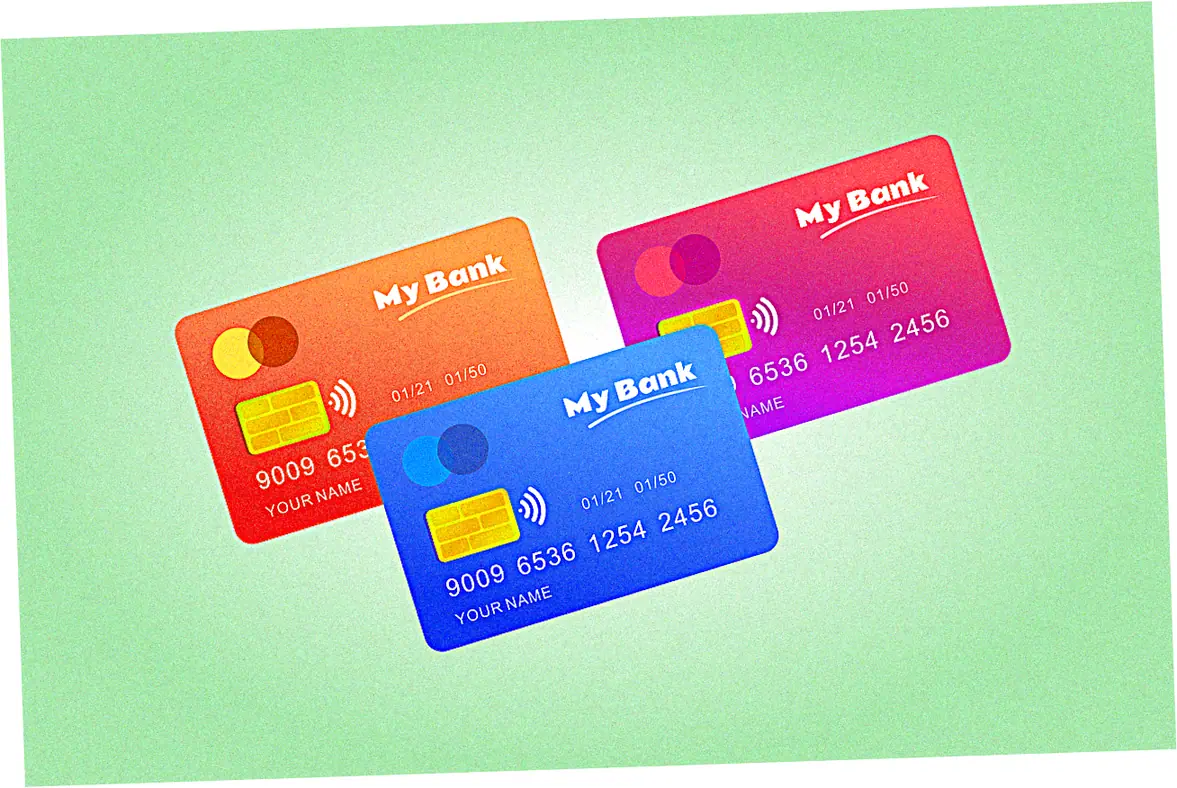
Calculating Point Value and Worth
Okay, so what are your points really worth? This is where the magic happens with credit card points. People usually measure it in cents per point, or CPP.
Here’s how you calculate it: take the cash price of a flight or hotel, then divide by how many points you’d need. Say a $500 flight costs 25,000 points – that’s 2 cents per point. Usually, getting more than 1.
5 CPP is good, and over 2 CPP is awesome. This simple math saves you from bad redemptions – like wasting points on cheap domestic flights when paying cash would be smarter.
I use a simple spreadsheet to track redemption values across different programs. The differences can be pretty eye-opening. You might discover your points are worth only 0.
7 CPP for gift cards, but a huge 3 CPP for international business class with certain partners. That’s why just blindly using your card’s travel portal isn’t always the best idea.
Five minutes of math could mean the difference between economy and a lie-flat bed to Europe. It’s the number one habit for any points enthusiast.
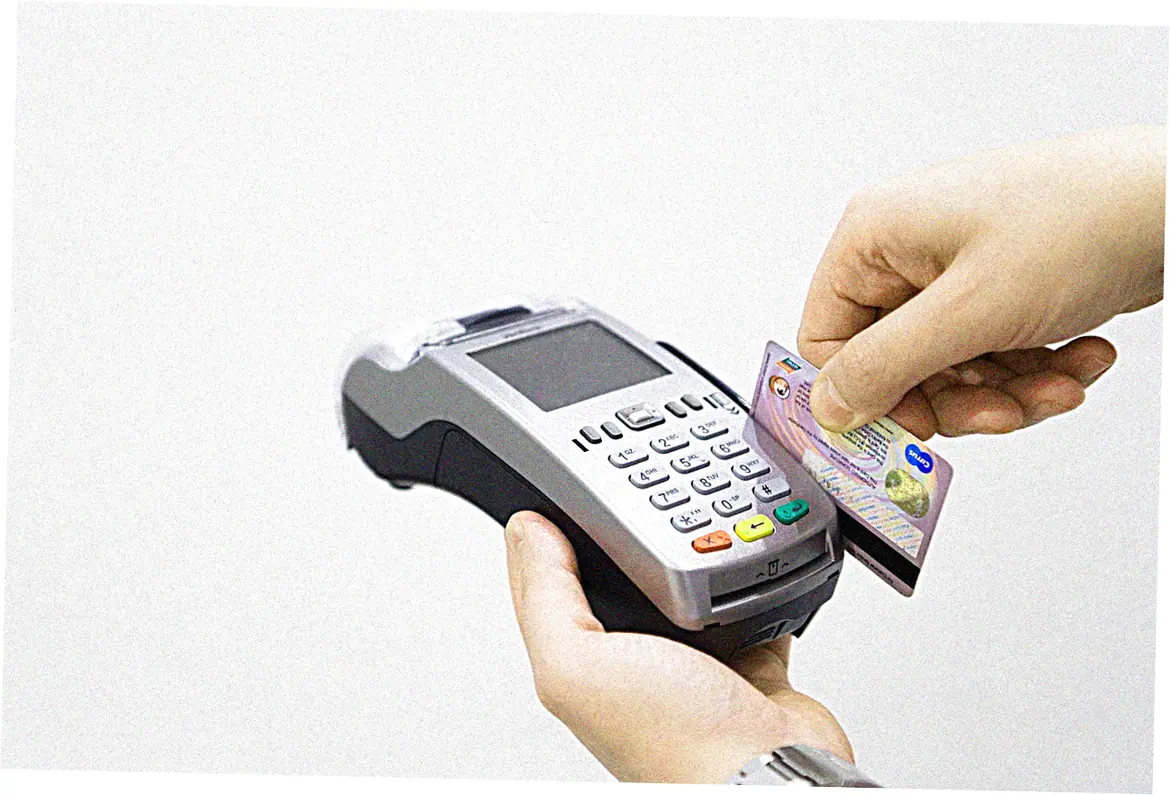
Strategies for Earning Points Efficiently
Everyday Spending Optimization
If you want to earn points, start with your everyday spending. Just use the right card for each purchase. Most cards have bonus categories, like 3x on dining or 4x on groceries.
I even keep a phone note to remember which card to use where—supermarket, gas, everything else. It might seem like a hassle, but those points really stack up over the year. Oh, and never miss a payment!
Interest fees can wipe out all your rewards—suddenly you’re losing money instead of earning travel points.
Another trick people miss is stacking offers. Lots of issuers have shopping portals that give extra points at stores like Best Buy. I got 10x points on a laptop just by going through the portal first.
But be careful—a friend got his Best Buy credit card denied cause he applied for too many cards chasing bonuses. The idea is to earn smart, not spend like crazy. Only spend what you can afford, and pay off the balance monthly—that’s how rewards really pay off for travel.
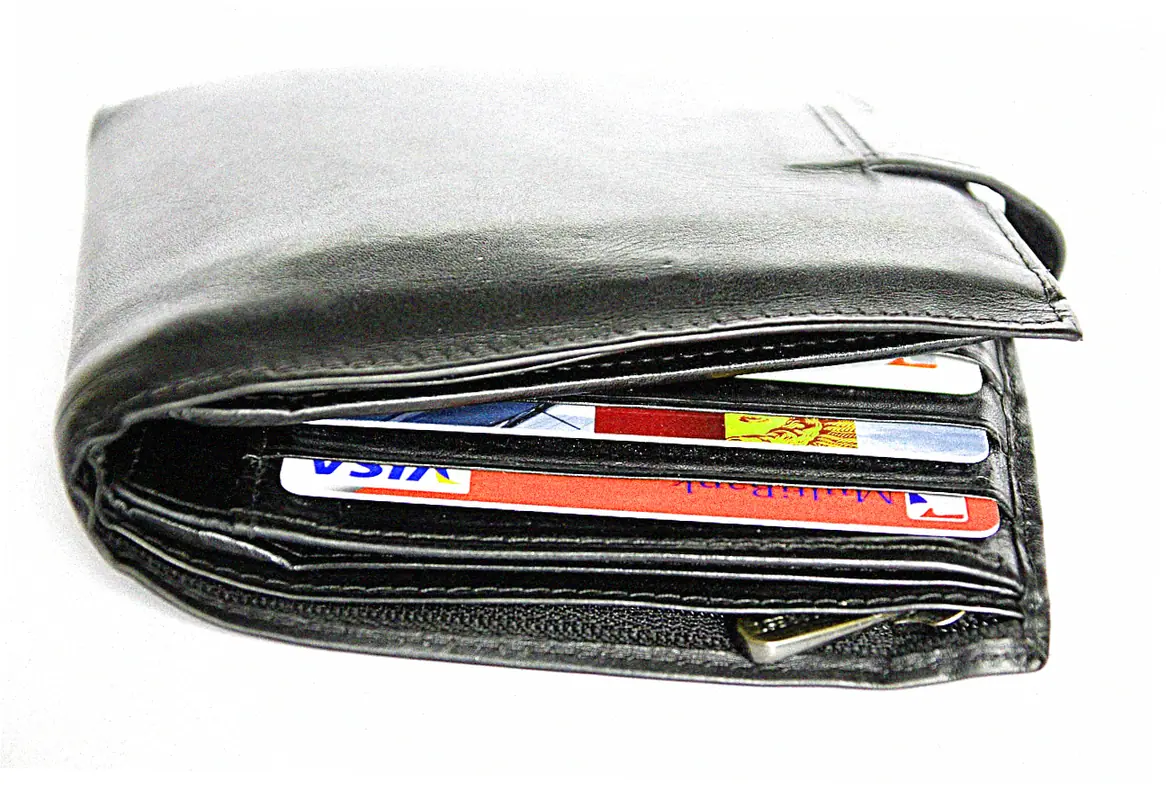
Welcome Bonuses and Strategic Sign-ups
Welcome bonuses are the quickest way to rack up points. These can get you a free flight or hotel stays right away. But you gotta be smart about it. Only sign up when you can hit the spend without going into debt.
I time my applications around big buys—like appliances or insurance. Also, watch your credit score—new apps can affect it. A rejection, like a denied Best Buy card, can slow you down, so apply when your credit’s solid.
My team and I’ve helped lots of travelers reach their goals with smart card picks. One client used just one welcome bonus for two round-trips to Hawaii. The trick is to research the top offers and know the rules—like Chase’s 5/24.
Remember, these bonuses want loyal customers—think long-term, not just quick points. Don’t just churn cards—pick ones that fit your spending and travel plans even after the bonus.
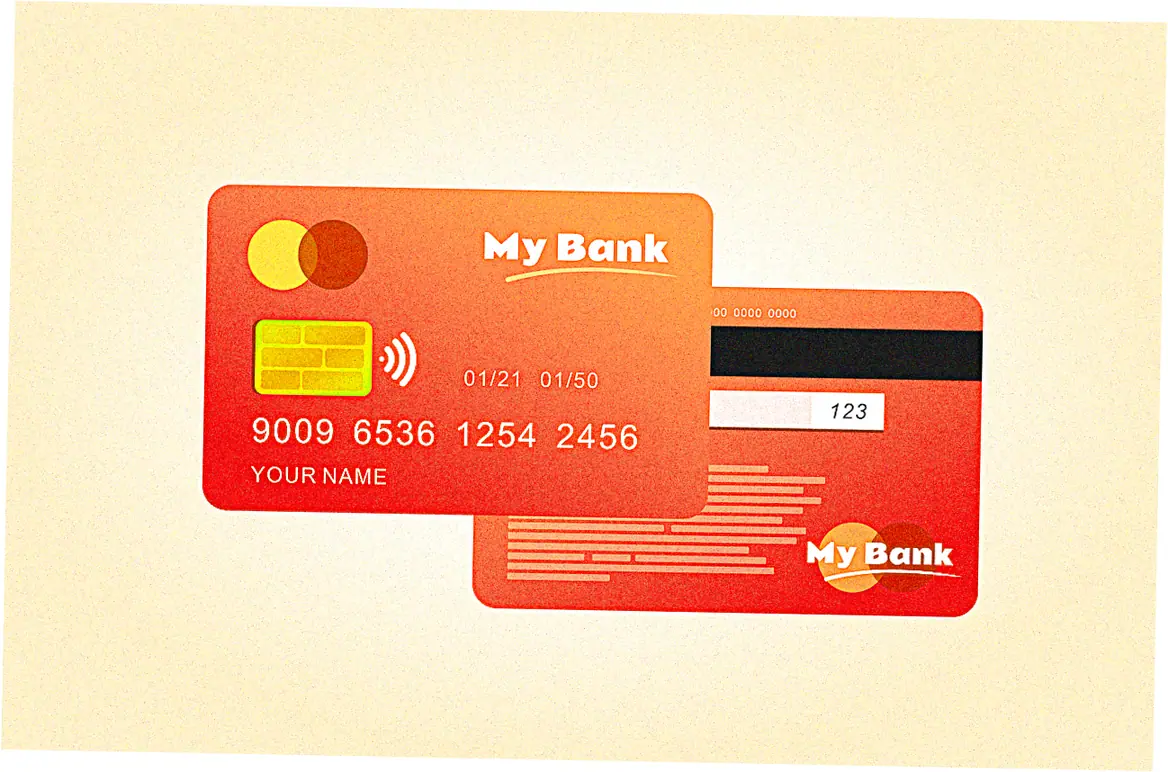
Let’s talk about airline and hotel transfer partners.
You can really max out your value with alliance networks.
This is where redeeming points gets really interesting. With transferable points like Amex Membership Rewards or Chase Ultimate Rewards, you can move your points to airline and hotel partners.
You’ll often get the best value by transferring to partners in big alliances, like Star Alliance or Oneworld. Why? Because you can use one partner’s miles to book flights with any airline in that alliance.
For example, transfer points to Air Canada’s Aeroplan program to book a Lufthansa flight to Germany. This flexibility is crucial for finding available award seats.
I learned this from my own mistake. Once, I transferred points to an airline, but then found no seats for my dates. Now I always check award availability with several partners in an alliance before transferring any points.
Most transfers are instant, but some take days, so plan ahead. Also, keep an eye out for transfer bonuses. Programs often run promotions, like a 25% bonus when you transfer to a certain hotel chain.
Waiting for these bonuses can really stretch your points, making a luxury resort stay suddenly possible.
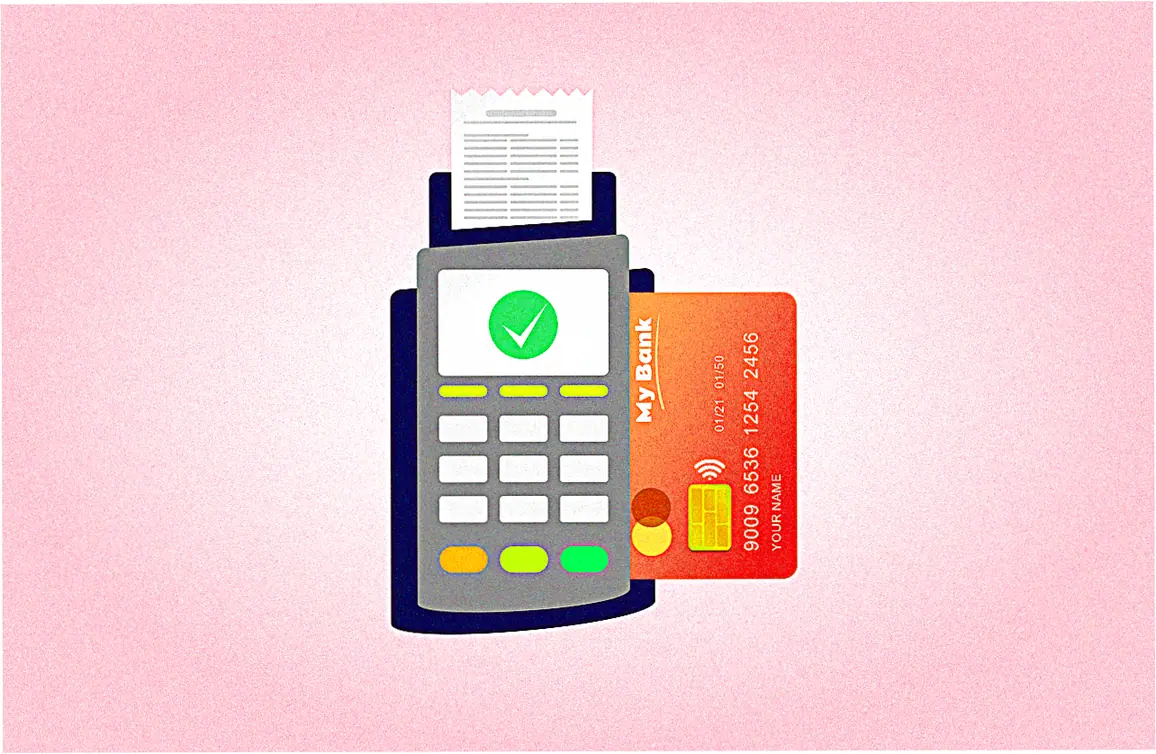
Now, let’s avoid some transfer pitfalls and fees.
Transferring points is powerful, but it’s a one-way street. Once you move points from your credit card to an airline or hotel, you usually can’t reverse it. So you need to plan carefully since it’s irreversible.
Always double-check award availability and rules on the partner’s site before transferring. Also, watch out for fees. Some programs, especially airlines, add big booking fees or fuel surcharges on award tickets. These can cost hundreds, wiping out the value of your points.
I suggest creating accounts with all the major airline and hotel partners you might use. This way, you can log in and check real-time availability with no pressure. Also, get to know each program’s pricing chart.
The same flight might cost 60,000 points with one airline but 80,000 with another. A bit of research can save you thousands of points. Remember, the goal is to get the most value.
Sometimes, it’s smarter and easier to book through your credit card’s travel portal at a fixed value. This avoids transfer headaches, especially for last-minute trips.
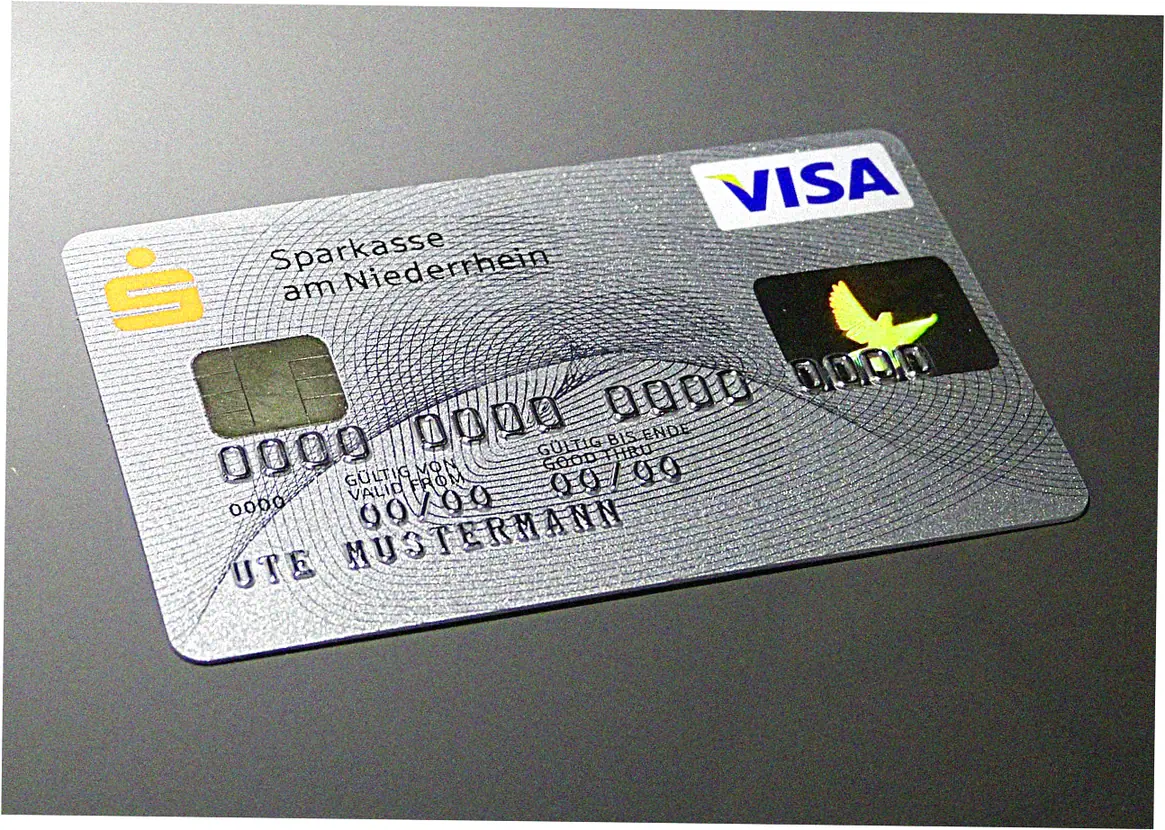
Booking Through Card Issuer Travel Portals
Leveraging Portal-Exclusive Benefits
You can use your points easily through credit card travel portals, like Chase or Amex Travel. It’s just like booking on Expedia, but you use points, not cash.
The big plus is how simple and flexible it is—you can book any flight, hotel, or activity, even if there’s no award space. If you have a premium card, your points might be worth more—like 1.5 cents each instead of 1. That instantly boosts your buying power.
I’ve scored some amazing last-minute deals through these portals that I couldn’t get with points on the airline’s site. Another cool thing is that these bookings often count as direct purchases.
So you could still earn miles or points, and your card’s travel insurance usually still works. It’s a great choice for beginners or when transfer partners don’t have any availability. But always check the cash price against the points cost to make sure you’re getting good value before booking.

Understanding the Limitations and Fine Print
Portals are handy, but they’re not perfect. Customer service can be tricky—if your flight gets canceled, you might have to go through the portal, not the airline, which can be a hassle. Sometimes they have less options than the airline’s website.
Once, I couldn’t find a basic economy fare on the portal, even though it was right there on the airline’s site. So always double-check before you book.
It’s also important to know how your card benefits work with portal bookings. Like, if your card gives you a free checked bag, does that still work if you book through the portal? Usually yes, but it’s good to make sure.
Also, watch out for dynamic pricing. The points price often changes with the cash price. Booking during a sale or on a slow day can save you a bunch of points.
Think of the portal as just one tool in your toolbox, not the only one. Mixing portal redemptions with transfer partners is what savvy points travelers do.
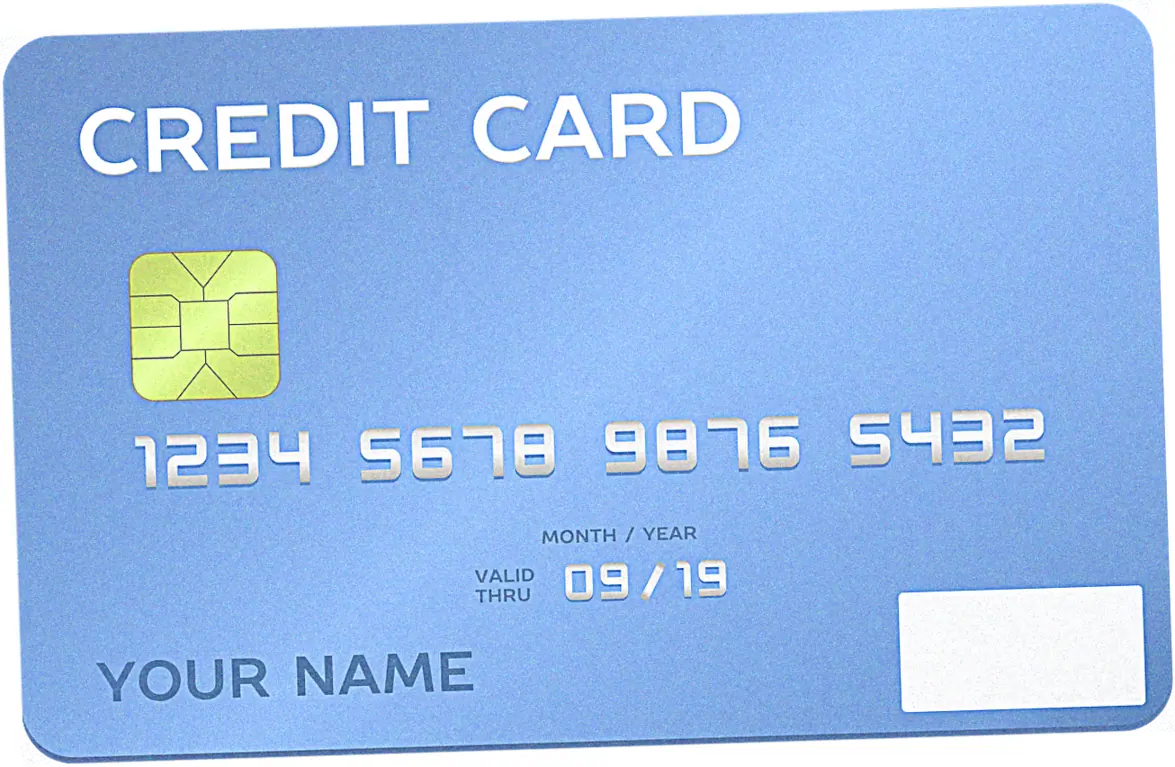
Advanced Redemption Tactics for Luxury Travel
Booking First and Business Class Awards
For a lot of points collectors, this is the ultimate goal: getting to fly first or business class without paying anywhere near the full price. The trick is really getting to know airline award charts and
finding those sweet spots with partner airlines. Some airlines just charge way fewer miles for specific routes or when you book through their partners. Take flying ANA First Class to Tokyo, for instance.
Using Virgin Atlantic points instead of ANA miles can get you amazing value. It does take a bit more research and you gotta be flexible with your dates, but it’s so worth it for an experience that normally costs thousands.
My very first time using points for business class was on a transatlantic flight. The cash price was like $5,000. I only used 57,000 points and paid around a hundred bucks in taxes.
The key for me was setting up alerts for when award seats became available and being ready to book right away. Tools like ExpertFlyer or point.me are super helpful for this kind of hunt. Don’t let the process scare you off.
Just start by picking one dream route and figure out the absolute best way to book it with points. What you learn will help you with all your future luxury travel redemptions using credit card points.
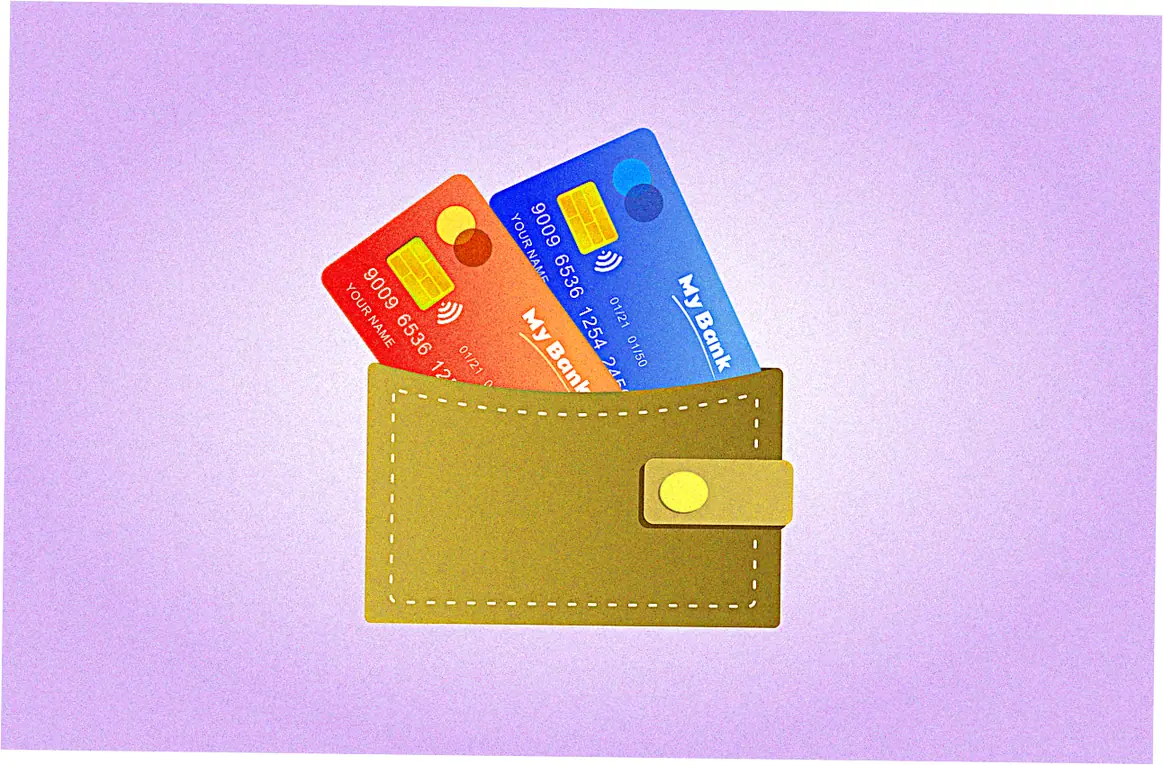
Combining Points with Cash and Other Tricks
You know, you don’t always need enough points to pay for a whole trip. Lots of programs let you do points plus cash, which is a great way to make your points go further.
This is perfect for when you’re just a few thousand points short of a free award flight. Just make sure to check if the cash part is still a good deal. Another cool advanced tactic is using open jaws and stopovers.
Some programs even let you add a free stopover—that’s a stay over 24 hours—in another city on your way. It’s like getting two trips for the price of one, points-wise.
I once booked a flight from New York to Paris and got a whole week in Dublin with no extra points. It felt like a totally free bonus vacation! Also, think about pooling your points with family.
Programs like Marriott Bonvoy let you combine points with your spouse for a bigger redemption. Just always read the rules carefully first. These tricks need you to really understand the program rules,
but they unlock awesome value and let you build complex trips. They can turn your travel dreams into a reality, all funded by points.
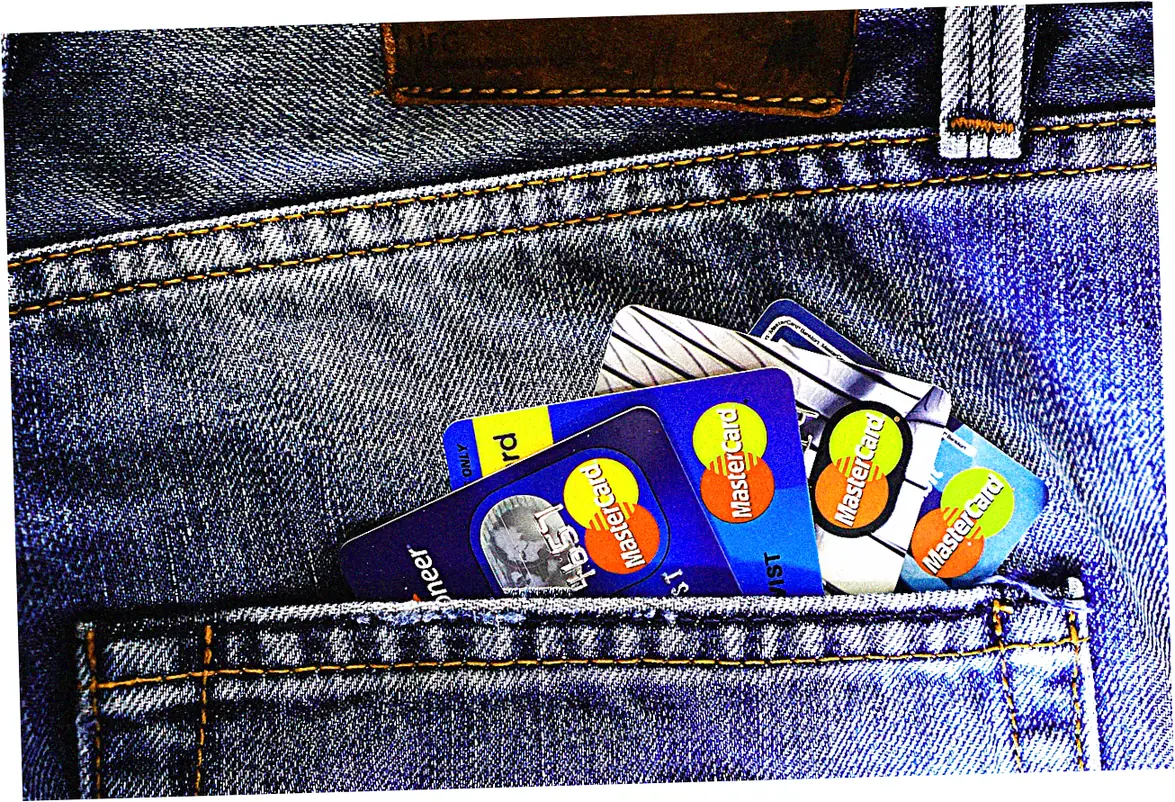
Keep your points and travel investments safe
Ensuring Robust Credit Card Security
Your points are like money, so guarding them is super important It all begins with strong credit card security Always turn on two-factor authentication for your banking and rewards accounts Create strong,
different passwords and maybe use a password manager Watch out for fake emails that look like they’re from your bank asking for your info I check my statements every month for fraud, because if your card
gets hacked, thieves might take your points too Good card companies have fraud protection, but you still need to stay on top of things
New security features are really helpful, like getting instant alerts or freezing your card with an app Make sure you use them! One time I got an alert about a weird small charge at a gas station far away
I immediately froze my card and called the bank They said it was fraud and sent me a new card right away Since I moved quickly, all my points stayed safe Also, keep an eye on your physical card at places like restaurants Don’t let it leave your sight to avoid skimming
Safeguarding Against Point Devaluation and Expiration
Points can lose value over time, just like money Programs often devalue points, meaning you need more points for the same rewards The best move is to earn points and use them—don’t just save them forever
without a plan Spend them on great experiences before they’re worth less Also, pay close attention to expiration rules Most bank points from Chase or Amex don’t expire if your account is open and active But airline and hotel points can disappear if you don’t earn or use them for 18 to 24 months
I set reminders to check points in programs I don’t use much An easy way to keep them active is buying something small from a partner or giving a few points to charity That resets the clock on expiration
Another tip: only transfer points to partners when you’re booking, so they don’t lose value sitting in an airline account Stay active and plan your redemptions, so your hard-earned points give you great travel value instead of letdowns
Turning credit card points into travel isn’t only saving cash—it’s about making memories that last You’ve got the blueprint now, from knowing your points value to learning booking tricks Start small, keep
organized, and always go for the best value Your next trip might be closer than you realize Don’t let your points sit unused—log in today and see how you can use them Where will you go first with your points?
Frequently Asked Questions (FAQ)
Wanna start using your credit card points for travel? Here’s the best way to get going.
First, check out all the rewards points you’ve got and see what kind they are—like fixed-value or transferable. Then, pick a simple goal—maybe a domestic flight or a weekend hotel stay.
For your first time, use your card’s travel portal—it’s super straightforward. Once you’re more comfortable, try transferring points to partners—you might get more value that way. The main thing? Just start. Your first trip booked with points will teach you way more than any guide.
Trying to snag a bonus but worried about getting your credit card application denied?
First things first—check your credit score and make sure it’s looking good. Don’t apply for too many cards at once. Wait 3 to 6 months between applications. Only go for cards where you can hit the spending requirement with your usual budget.
Applying too often? That’s a big red flag for card issuers. You can also use pre-qual tools to check your odds—no hard pull on your credit.
Which is better—travel portals or transfer partners?
Well, it really depends. Travel portals are great if you want things simple, need a last-minute booking, or want flexibility. Transfer partners usually get you more value—perfect for fancy international flights or luxury hotels.
Your best bet? Always compare both. See how many cents per point you get through the portal vs. transferring—for the exact same trip.
Think your points might be compromised? Here’s what to do.
If something seems off, act fast. Call your card issuer’s fraud department right away—report it and lock things down. Change your online banking and rewards passwords ASAP.
Keep a close eye on your points and statements—watch for any weird redemptions or transfers. Good news—many issuers will give your points back if it’s fraud, but you gotta act quick. To avoid this later, use strong passwords and turn on two-factor authentication.